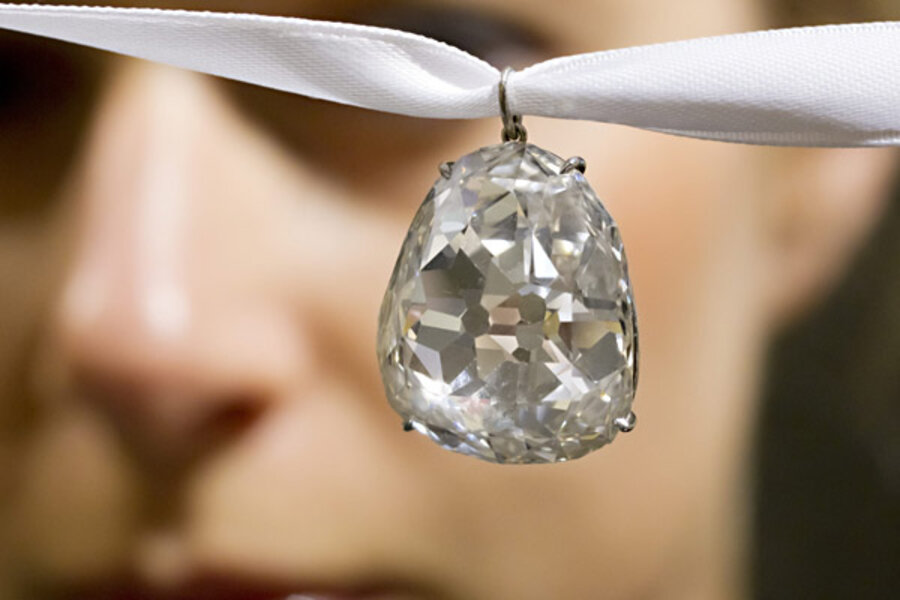Diamond sells for $9.7 million at Swiss auction
| Geneva
Marie de Medici wore it at her coronation as Queen Consort of Henry IV in France in 1610, and now the Beau Sancy diamond is a lavish accessory owned by an anonymous bidder who paid $9.7 million for it at Sotheby's auction.
The spring auction season for jewelry and watches is upon Geneva, where elegant lakefront hotels fill with well-heeled buyers and bidders in a scene far removed from the debate over European austerity.
Five bidders fueled the price on Tuesday at the Sotheby's sale for the Beau Sancy, a 34.98 carat diamond that had passed among the royal families in France, England, Prussia and the Netherlands. It was sold by the Royal House of Prussia, the line of descendants that once ruled Prussia.
Another historical item, the Murat Tiara, sold for $3.87 million. The pearl-and-diamond tiara was created for the marriage of a prince whose ancestors included the husband of Caroline Bonaparte, Napoleon's sister.
A diamond brooch known as the "Bonnie Prince Charlie" sold for $968,085. The brooch features a yellow diamond once owned by Charles Edward Stuart, whose attempt to regain the British crown led to the Battle of Culloden in 1745.
At a Christie's auction Monday to benefit 32 charities favored by the Lily Safra Foundation, Safra's donated jewelry fetched nearly $38 million in sales — almost double what was expected.
The most expensive item there was a 32.08-carat Burmese ruby and diamond ring that sold for $6.7 million, a world record price for a ruby sold at auction. Eighteen jewels by the designer JAR collectively brought in $11.4 million.
After the auction, the billionaire Lily Safra beamed as she won a standing ovation from the buyers and bidders she had come to thank.
She later told reporters that selling a heap of jewels for charity — rather than keeping them unused in a vault — felt like one of the best things she'd ever done in her life.






